Sedentary life of more than 60 Dao ethnic households in Dam village, Duc Nhan commune.
There are more than 60 Dao ethnic households living here. Through a conversation with village chief Dang Van Den, we learned that about 30-40 years ago, people were mobilized to move from the high mountains to this location to settle down according to the policies of the Party and the State. With the attention and support of the Central and the province, the lives of Dao people have gradually improved. However, due to difficult transportation, commodity production here is still fragmented and small-scale. Dao people always work hard, actively grow corn and rice on the allocated area to ensure self-sufficiency in food and partly serve the purpose of raising livestock and poultry.
People in Dam village, Duc Nhan commune grow peanuts on the mountain to improve part of their income.
Like many other farmers born and raised in the village, Ms. Duong Thi Mai wakes up early, cooks rice, and goes up the mountain with her husband to dig the ground to plant peanuts and take care of hybrid corn until late afternoon. Ms. Mai said: Thanks to the suitable climate and soil, corn and peanuts have favorable conditions to grow and produce good yields. Every year, we grow 2 crops of corn and 1 crop of peanuts. Of which, peanuts have only been grown in the last few crops. Seeing the stable yield and favorable consumption, the area is being expanded by the people. When it comes to harvest season, in addition to a few regular customers who ride motorbikes to the village to buy, people often transport their goods down to sell at the markets in Tan Minh, Pheo, and Muong Chieng.
Hybrid corn is grown a lot by Dam villagers, but is mainly used for animal husbandry, commodity production is not yet developed.
In addition to farming, many families take advantage of available natural food sources to maintain local pig production. Some households raise pigs for commercial purposes with 20-30 pigs per litter. According to Mr. Duong Van Sinh: People in the village raise pigs by semi-free range method, feeding them with only corn bran, banana trees and wild vegetables, so they are sold at good prices and have stable consumption. Small-scale pig farming is also the main source of income for many households.

Along with the efforts of the people, ethnic policies and national target programs have accompanied the people in implementing the poverty reduction. In particular, ethnic policies focus on supporting plants, breeds, means of production, and scientific and technical knowledge. From the State's resources, 100% of households living in the village have access to the national grid and clean water facilities. Health care and education for children are guaranteed. Recently, many poor households in the village have been supported to build solid houses with a support level of 60 million VND/house in the program "Eliminating temporary and dilapidated houses".
Traffic isolation is the biggest "barrier" to socio-economic development in Dam village.
By the end of 2024, the village will have 30 poor households and 13 near-poor households, with an average income of 28 million VND/person/year. According to Village Chief Dang Van Den, to promote the development of commodity economy in the village, there needs to be more guidance from the Party Committee and government on ways of doing business, such as: What crops to grow and what animals to raise to bring high efficiency, bring long-term livelihoods and sustainable poverty reduction. In addition, the Dam village community hopes that the Party and State will continue to pay attention to solving difficulties in transport infrastructure, communications, livelihood support, etc. to make life less difficult, creating a bright spot for socio-economic development.
Bui Minh
Source: https://baophutho.vn/nhoc-nhan-cuoc-song-o-ban-dam-238146.htm



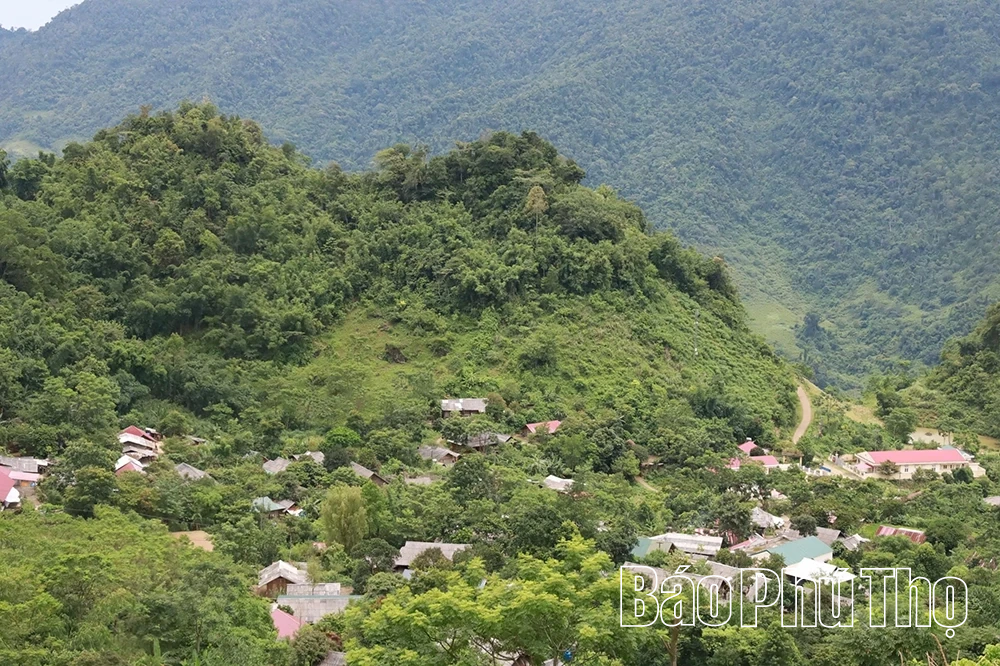

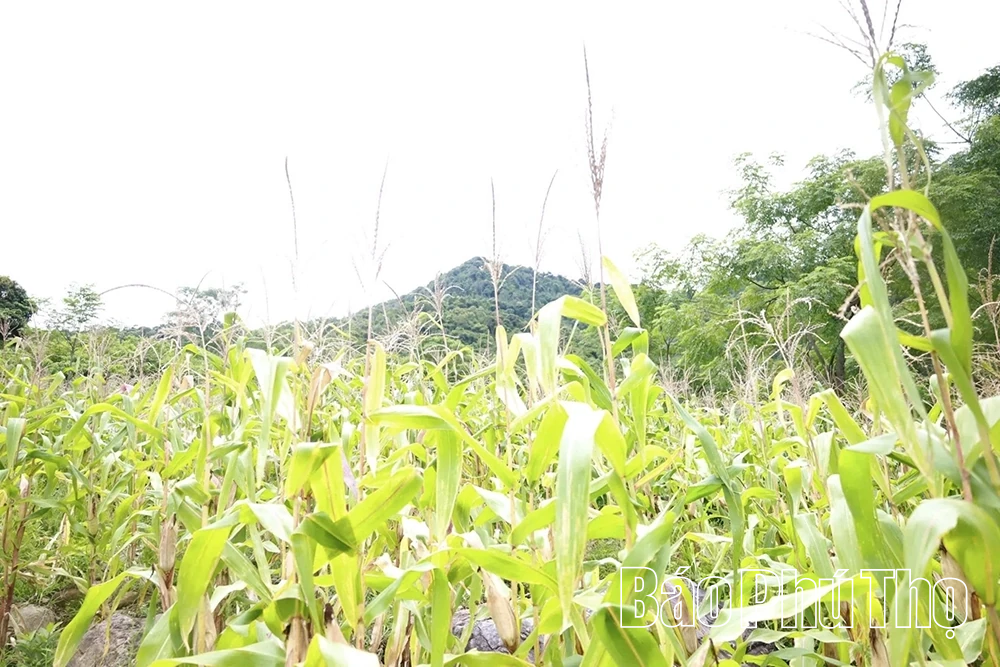

![[Photo] Brilliant red of the exhibition 95 years of the Party Flag lighting the way before the opening](https://vphoto.vietnam.vn/thumb/1200x675/vietnam/resource/IMAGE/2025/8/27/e19d957d17f649648ca14ce6cc4d8dd4)

![[Photo] Prime Minister Pham Minh Chinh chairs meeting of National Steering Committee on International Integration](https://vphoto.vietnam.vn/thumb/1200x675/vietnam/resource/IMAGE/2025/8/26/9d34a506f9fb42ac90a48179fc89abb3)

![[Photo] Many people eagerly await the preliminary review despite heavy rain](https://vphoto.vietnam.vn/thumb/1200x675/vietnam/resource/IMAGE/2025/8/27/4dc782c65c1244b196890448bafa9b69)
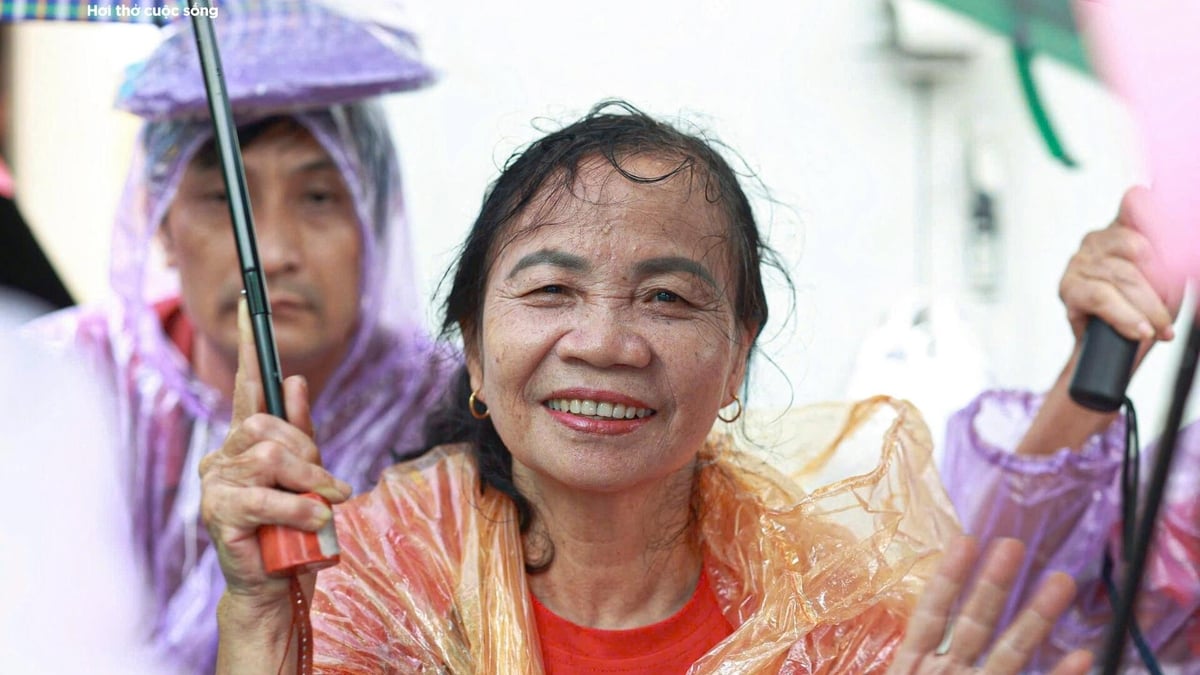
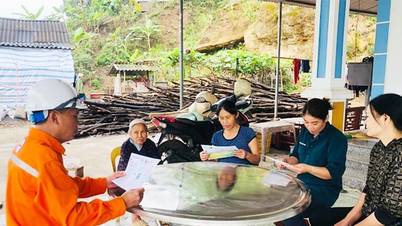

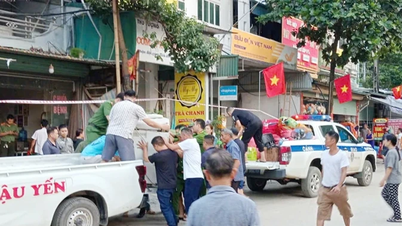
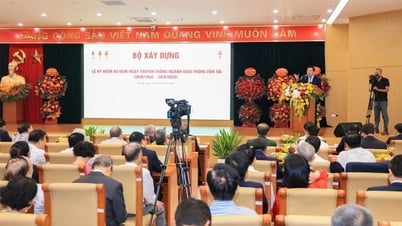

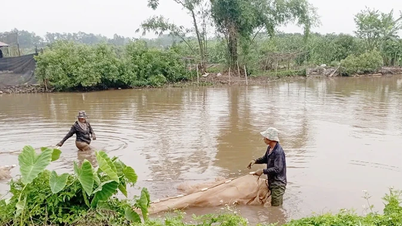
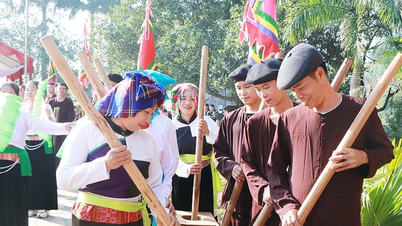
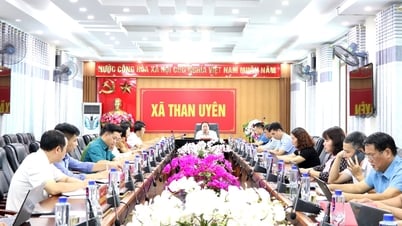







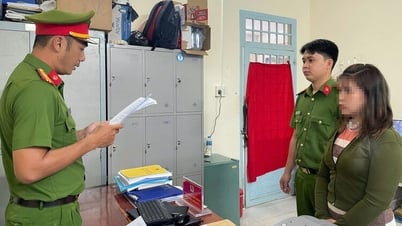
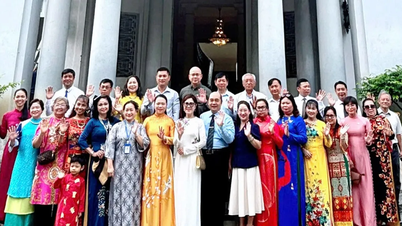





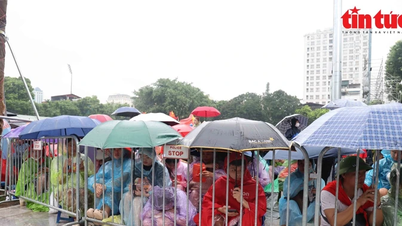
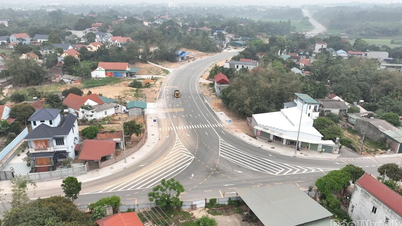



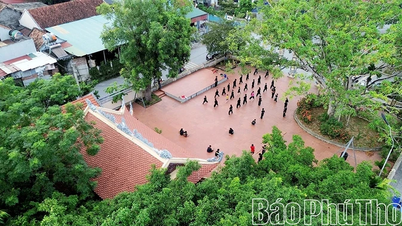
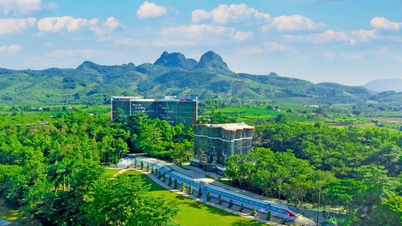

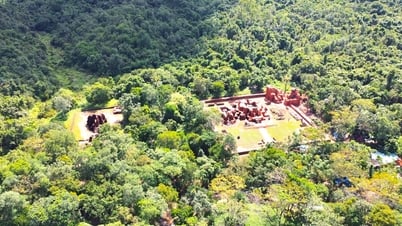

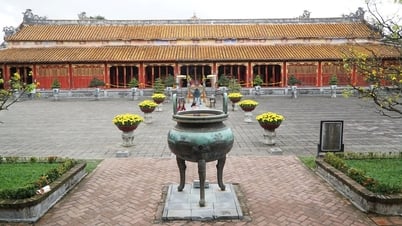

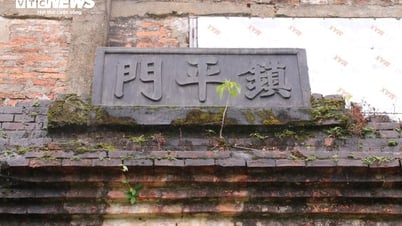

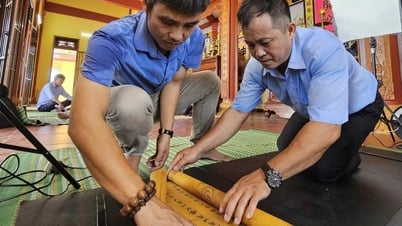




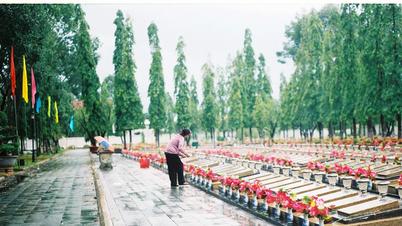







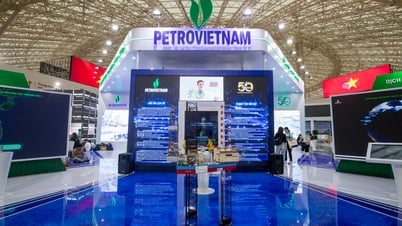
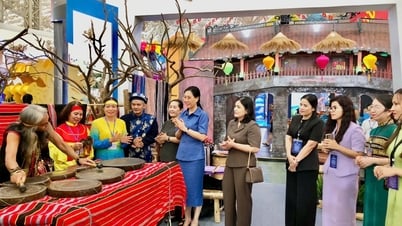






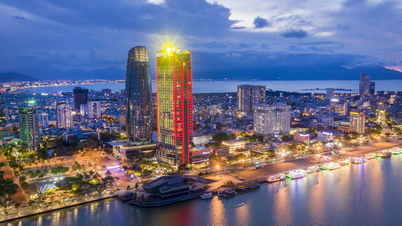

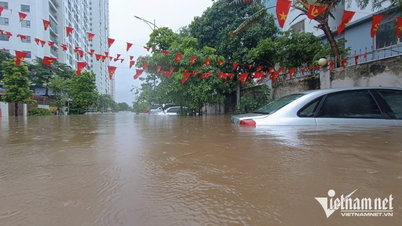
![[Photo] General Secretary To Lam attends Meeting with generations of National Assembly deputies](https://vphoto.vietnam.vn/thumb/402x226/vietnam/resource/IMAGE/2025/8/27/a79fc06e4aa744c9a4b7fa7dfef8a266)


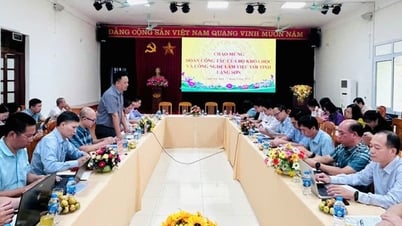



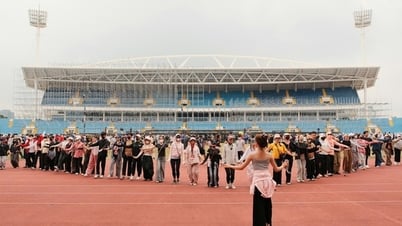


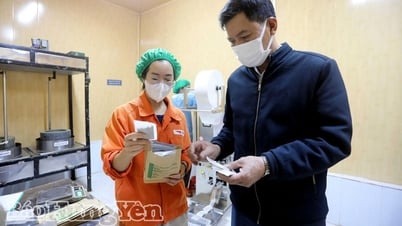


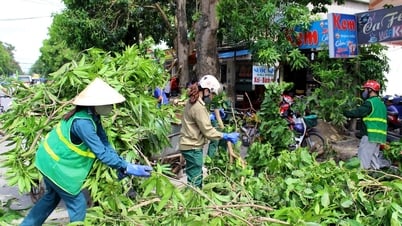


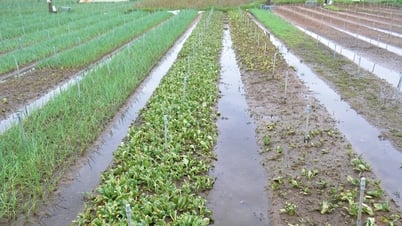


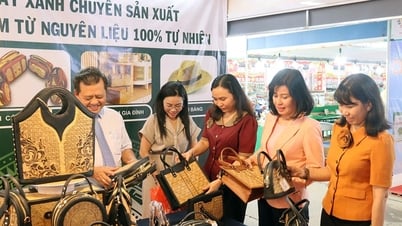











Comment (0)